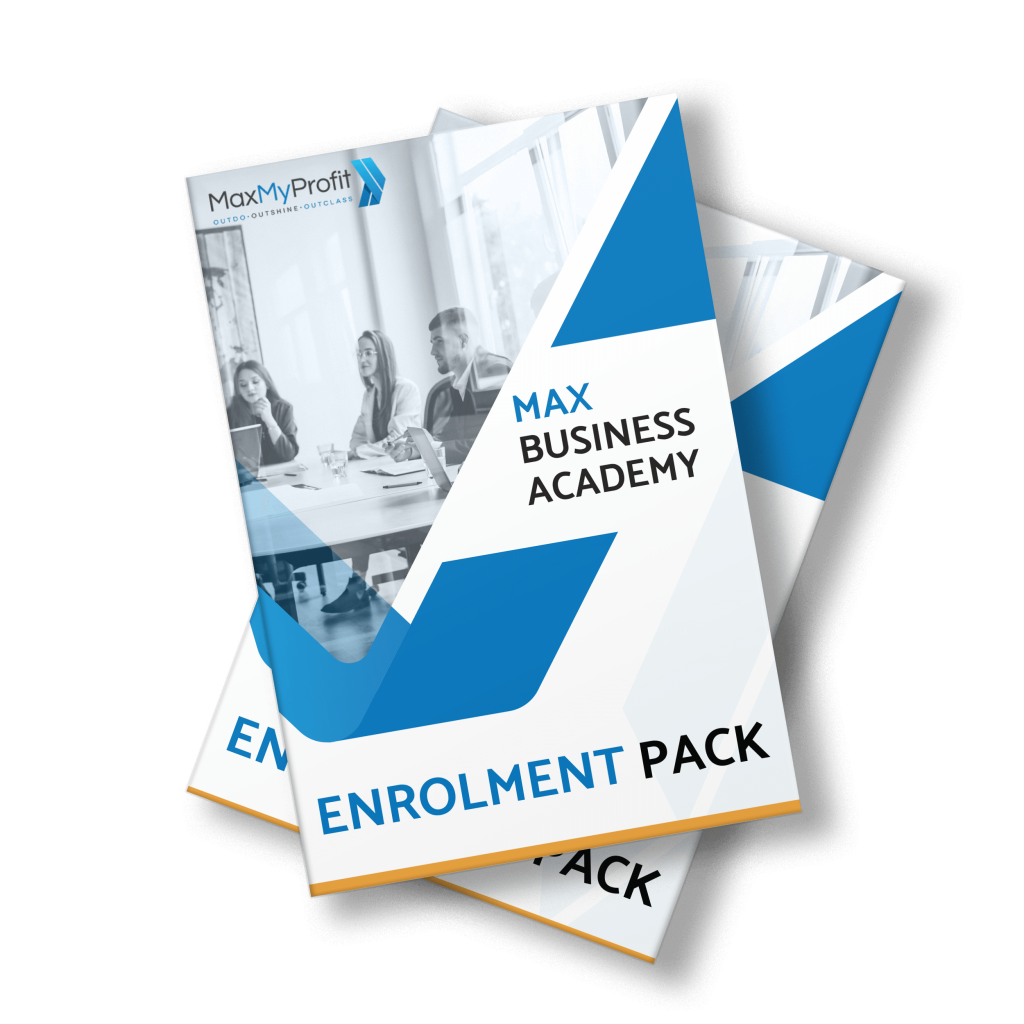Why do startups often fail? Among possible reasons is the first test, the start-up initiation, which filters those who has not enough determination. A startup is like a minefield where a risk of exploding without a map is high. Marketing territory is the most challenging one.
Marketing strategy includes the active use of free promotion methods, digital marketing and SMM, compensating the investments of your time.
For each company, the set of tools can be different, some companies can use the tools and successfully develop, for other companies the same tools will be ineffective. In theory, each company should work with all channels of digital marketing and choose the most effective set. So, Pro-Papers experts suggest considering the main tools:
#1 Content creation
Definition: Content creation is the process of filling the media space with information (articles, videos, infographics, blogs, images, etc.) about your product in order to attract the attention of the audience.
How it works: Content creation is the basis of inbound marketing and its quality plays a key role. It is an affordable substitute for intrusive and expensive advertising. Creating interesting and useful content, companies earn their place in the market, rather than not buy it.
#2 Landing page (or web site)
Definition: A web page that describes your product and all of its benefits, in such a way that the user, having read the content, immediately decides to buy/use it.
How it works: Landing page is the face of your company. For some, this is a business card, but for others, it’s the only tool to get users (leads). It should address and focus on the decision maker, and your primary task is to determine your target audience = decision maker.
#3 App store
Definition: Unlike landing, the application store is the place where your application/game is presented, but you do not have full control over the management of this resource. Here you have to play by the rules, and if you break the rules, your product can be removed.
How it works: You need to make your product page quality and attractive. Advertising text, screenshots, videos, work with ratings and reviews – all this affects the success of your product. Feel free to write to the store managers about your product and its distinguishing characteristics, if your application/game will be liked, it can be classified as recommended, and this will attract an additional audience.
#4 Working with the press
Definition: Management of information dissemination through electronic and traditional media.
How it works: It has a lot in common with creating content, but here you cannot fully control the information about your product. You must treat journalists with respect and take their interests into account. Very few people want to place in their column the text that only praises your product. You should catch the interest of your editor and then he/she’ll write about you.
#5 Customer support
Definition: providing services to customers before, during and after the purchase of a product.
How it works: Good customer support can smooth product flaws and reduce negative effects. The user must feel your care and desire to improve your product and for this he will be ready to experience inconvenience.
#6 User experience
Definition: any aspect of human interaction with the product, including the interface, graphics, design, content, physical interaction.
How it works: You need to build the UX structure so as to achieve maximum user involvement and the performance of the target action. If your application/product is not unique in the market, then UX will be one of the main indicators that affect the user’s choice.
#7 Strategic partnership
Definition: Mutually beneficial relationships with other companies that operate in the same field, but do not compete with your product.
How it works: The exchange of affiliate links, joint campaigns and marketing companies can reduce advertising costs and expand audience coverage. The key to a successful partnership is a reliable partner and an absolute mutual benefit.
#8 Marketing Channel
Definition: A promotion model when your company is promoted by other companies: publishers, resellers, distributors, marketing companies.
How it works: The provision of such services can be either a fixed fee or an interest rate or a revenue share model. This tool often helps young startups who have no experience, a large advertising budget or a human resource. In this case, the company bears minimal risks and pays for a specific result.
#9 Emails
Definition: Sending product information via e-mail to a specific person or group of recipients.
How it works: If you correctly configure and correctly determine the distribution recipients, this tool can be a fairly effective way of sales.
#10 Affiliates (ad networks, webmasters)
Definition: Providing traffic/users to a customer and receiving payment for a specific action. This is one of the most accurate and simple tools.
How it works: You pay the source of the traffic directly for the user or for any action.
We’ve described the main tools that are most popular today in the IT industry. One cannot say that some instrument is better or worse, each has its own pros and cons. The most important thing is to determine which set of tools will be most effective for your startup. Test and try to choose the best way to promote your product.
About the Author
Anna Penhill is a head of digital marketing department of Pro-papers custom writing company Pro-papers, she helps various businesses with building content marketing strategies and increasing revenue via email marketing. She curates content management, works on marketing improvements, and edits blog posts. Anna is also a tutor at an academic website for PhD students.
She is a regular contributor to such websites as Bulawayo24, Studential, Bmmagazine and Accountingweb.









